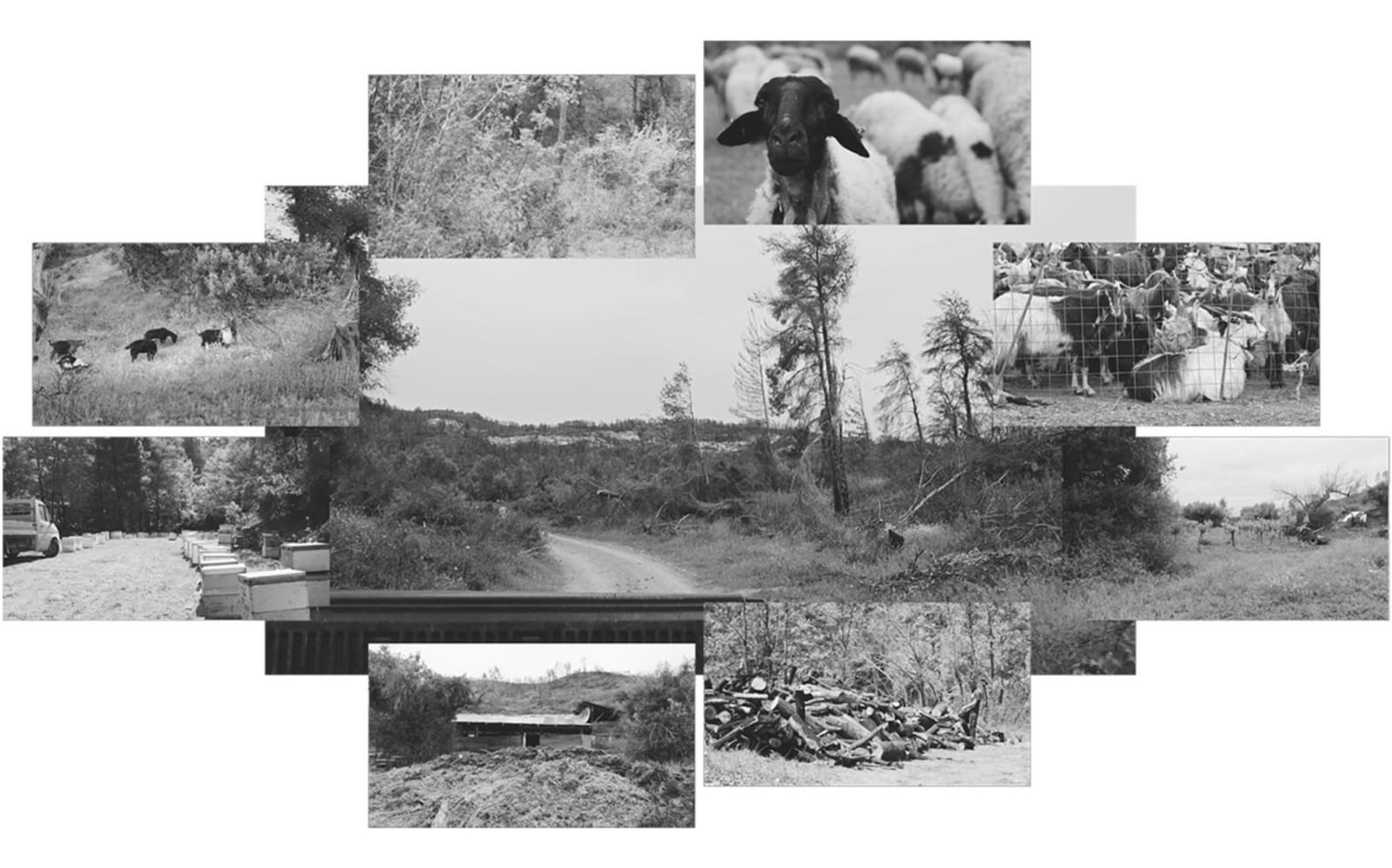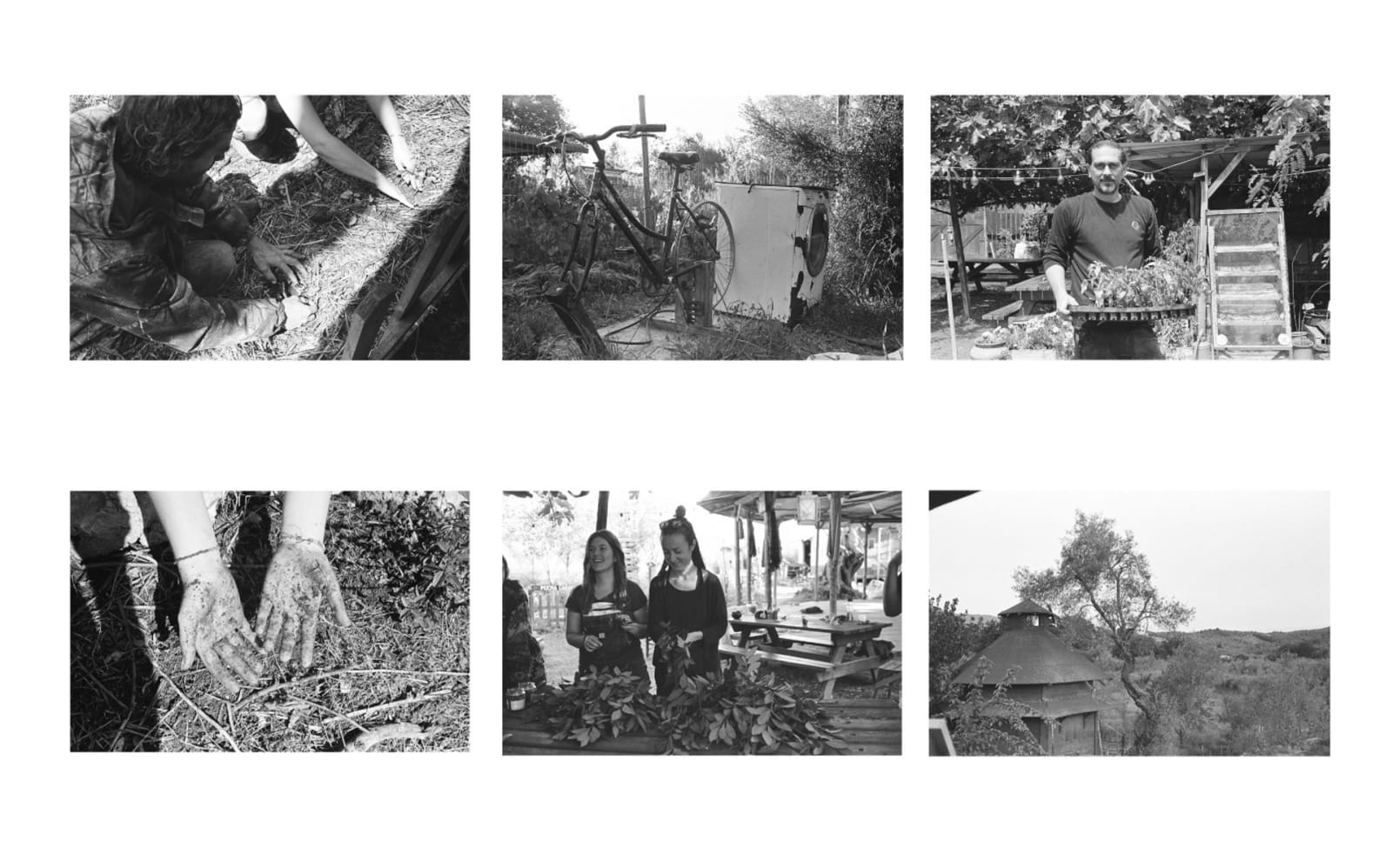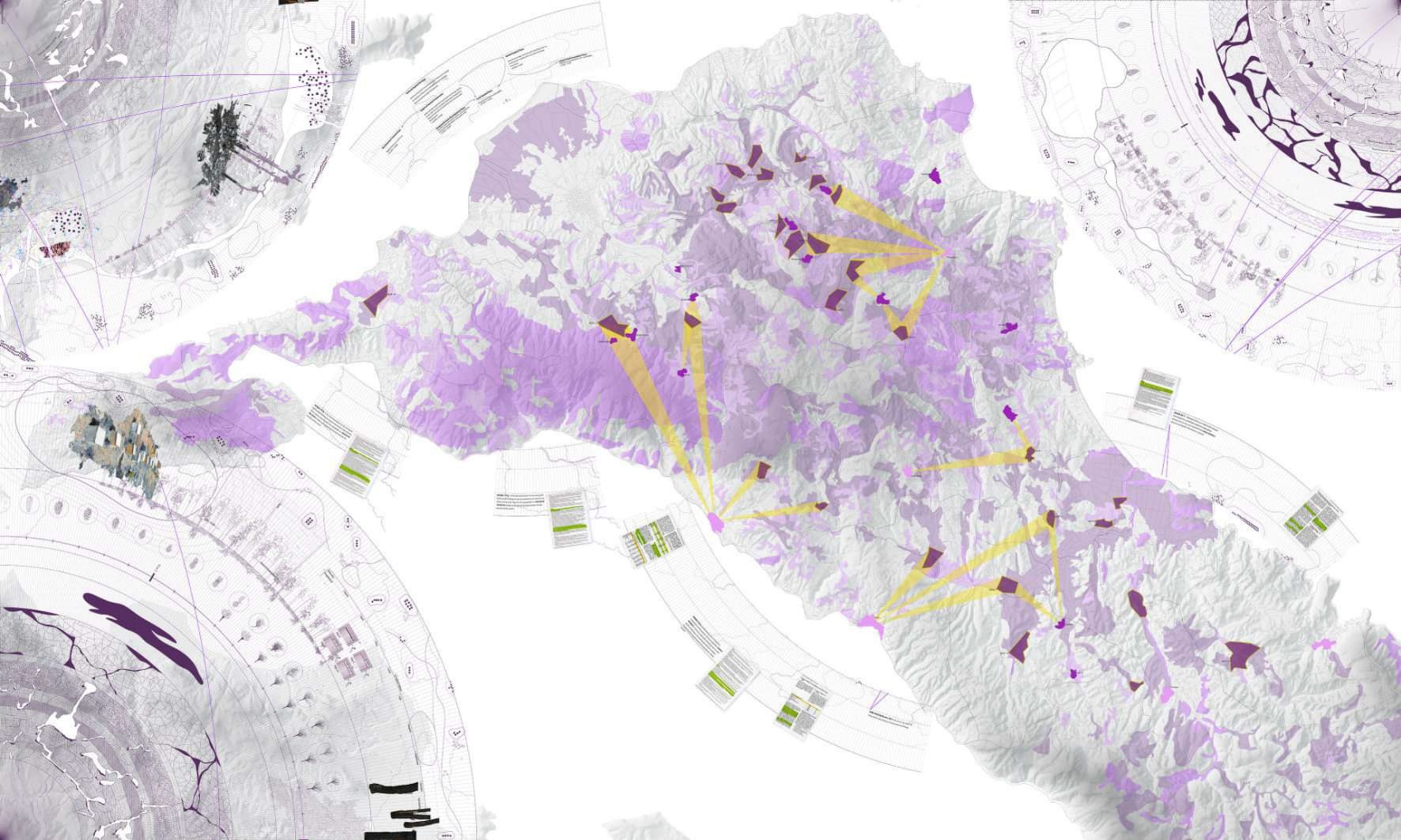Jack is a storyteller, environmental designer, and devout believer in the importance of ecological stewardship as a means of social progress. With an academic and professional background in environmental planning, Jack has over 6 years of experience in the eco-sector as a private consultant, non-profit coordinator, and government administrator. He is committed to helping identify innovative solutions to climate adaptation that prioritise ecosystem vitality while fostering community resilience in the of face of shifting landscape dynamics.
Jack Sieber


Woven Collectives investigates relationships between active permaculture farms and forest cooperatives throughout Northern Euboea and aims to assess the feasibility of a partnership network for knowledge-sharing and land stewardship utilising High Productivity Zones. Conceptually, High Productivity Zones are predicated on cultivation in Greek legislation. This project posits that cultivation extends beyond mere agricultural production; it is about landscape vitality encompassing principles of reforestation, climate adaptation, community autonomy, and fire mitigation.
When viewed in this scope, High Productivity Zones can serve as a powerful tool to revitalise local ecosystems and economies while qualifying for legal protection, ultimately disrupting commercial development interests (DIAZOMA). This framework of co-responsibility identifies key players and stakeholders that could be mobilised to generate high-impact, community-scale collaboration.
In this context, regenerative farms act as sources of information and guidance for innovative, circular landscape design principles. Forest Labour Cooperatives, or DASE as they are known in Greece, function as nodes of transference due to their unique ability to operate in different areas. Compulsory Forest Cooperatives carry out implementation and management of nearby High Productivity Zones, which may serve as nexus points for customary land-based practices. We imagine this network operating as a grassroots coalition whose goal is to challenge DIAZOMA by equipping local communities with the ability to effectively restore their forests and maintain their cultural identity.















